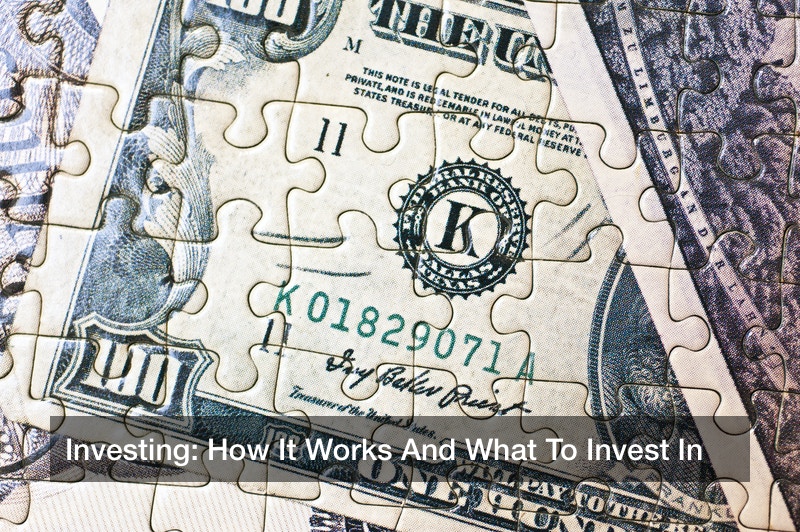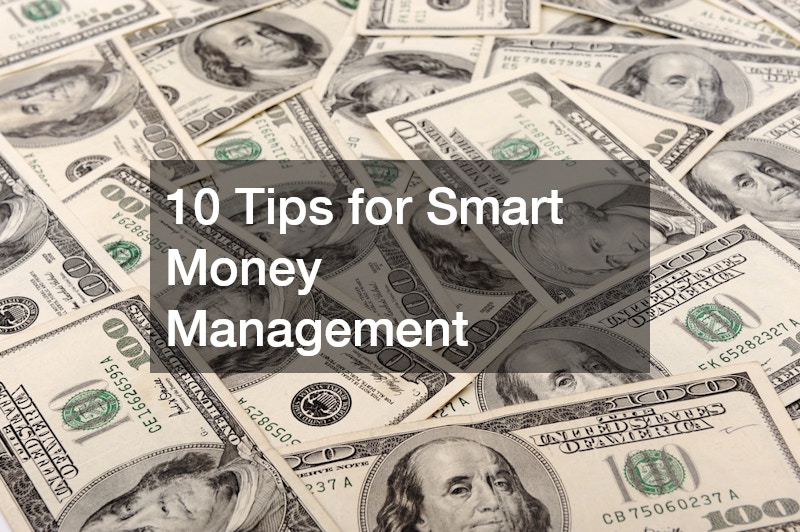
Investing means more than buying stock or homes. Today, many forms of property retain and increase in value. Few people in the 1970s guessed that Star Wars figures would prove good things to collect for profit. The tiny toys now fetch hundreds of dollars each on eBay and other auction sites. How do you decide what makes a good investment, though? Pound Puppies didn’t retain value and neither did Cabbage Patch Kids. People cleared the store shelves of them when they debuted. People who purchased them seemed to have made a good investment at the time.
Rare and Collectible Items
Instead of asking, “What collectibles are hot right now?” think about long-term investments. Instead of what could make a quick dollar now, think of investments that will accrue real long-term value, such as coins, stamps, and antiques. Although NFTs and movie miniatures look cute, they haven’t proven their value as investment tools. Some film and television memorabilia prove valuable. Consult collectible appraisers before you sell collectors items, so you know what to set as an asking price. An appraiser values the item according to its age, condition, upkeep, rarity, and current market value. The older the lunchbox or movie poster, the better.

Investing is something most adults look into at some point in their life. You may have heard friends or family talking about their investment ventures. You may have even heard some hard to believe stories of people doubling or tripling their investments and coming out much richer. You may be working a desk job, trying to pawn jewelry, and doing all you can to save money, waiting for your big break.
So how can you get in on the investing action? Investing can leave you feeling overwhelmed and confused if you don’t take the time to do thorough research. However, once you’ve mastered the basics and have figured out what’s best for you, you’ll be much more prepared to take investing ventures for yourself. Here are the basics you need to know about what investing is, when the right time for you to invest is, how to invest and what to invest in.
What Is Investing
You may have a basic understanding of what investing is, but here’s a little more detail.
Investing is committing money with the expectation of a future benefit, usually in an increase in money. Essentially you’re giving your money to a group or company with the hope that they will give you more money in the future. When most people invest their money, they have a goal in mind for what they intend to use it for. It could be for something small, like saving up for your first big tattoo, or something bigger like retirement savings, a large purchase like a house, or education.
Investing is not the same as simply saving money. Saving money consists of putting your own earned money into an account and let is slowly accrue interest. If you make a large chunk of change, such as selling a boat on a “boats for sale” page, most people would take that money and put it towards debt or put it into a secure savings account. Investing is riskier than saving because while you are putting your earned money into an account, there is a risk that will get less than you invested. So why would people take the risk? If you put your savings away, you aren’t guaranteed any increase. Investing gives you the opportunity to make more money much faster than a savings account would offer, it’s just a matter of figuring out how to invest and what to invest in.
Questions To Ask Yourself Before You Consider Investing

Before you spend too much time looking into how to invest and what to invest in for yourself, you need to ask yourself some important questions to determine whether you’re financially prepared for this new venture.
- Do You Have A Lot Of Debt? Investing is not a great decision for those who have a lot of debt. Whether it’s an auto loan, credit card debt, or student loans, debts generally require monthly payments, and falling behind can have serious financial implications. If you’re working on paying off debt, investing the extra money you have is not the best option. You need to handle your loans before you take any other financial risks.
- Do You Have An Emergency Fund Saved? If you don’t have at least six months of living expenses saved in case of an emergency, investing is not a good option for you either. Before you take on the risk of investing, you need to make sure you’re prepared for any unexpected emergencies that could arise. If you find yourself out of work or need emergency vet services for a pet, you will be glad that you have a secure emergency fund saved up before you start investing. The quickest way to save this fund is to take a portion of your monthly income and place it in a savings account.
- How Much Money Do You Have Left After Paying Bills And Expenses Each Month? If you’re trying to figure out how to invest and what to invest in, know that investing is not a good choice if you’re living paycheck to paycheck. Investors tend to be more successful when they can commit large portions of money toward their ventures. If you don’t have much expendable income after your monthly expenses, you should not be using the little you have in a risky venture. You should wait until you have more monthly income, or have been able to save up a larger amount to invest. You could do this by selling items around your house that you don’t need or use. Those who sell used electronics often find that they can start to save up a bit more quickly.
The Risks Of Investing
All investment ventures come with some element of risk. As previously mentioned, this is one of the big differences between simply saving your money and investing it. While saving is safer, investing gives you the opportunity to make more money with what you already have. However, learning how to invest and what to invest in means you need to take the time to learn your risks.
However, you need to be aware of the risks you’re facing with investments before you actually invest even a dime. Specific investment opportunities will be discussed later, but here are some of the risks you may face with each option.
If you choose to invest in stocks, you’re buying a part of a company. The main risk with this investment is the company going out of business or going bankrupt. If the company no longer has money you will not be getting more money, let alone the money you originally invested.

Stock prices also rise and fall, even when the company is still in business. Investing experts would recommend you ride out these times of lower stock prices. But it can be unnerving to see your opportunity to earn more money fall.
Each investment opportunity comes with its own specific risks, so as you learn how to invest and what to invest in, take the time to learn the specific risks of the investment opportunities you’re looking into.
Where To Start
Once you’ve decided that you are financially prepared to start investing, congratulations! This is a big step in your life, and the sooner you’re able to start investing, the more opportunities you’ll have to make more money.
Now comes the hardest part, actually figuring out how to invest and what to invest in. You may not be ready to invest a large chunk of money right away, and while that has the greatest opportunity to yield the most reward, that doesn’t mean you shouldn’t start now with smaller investments. Here are some smaller-scale investment opportunities you can take while you are preparing for bigger ventures:
- Invest spare change with a “spare change” app or special program through your bank
- Set up small automatic transfers from your checking account to your savings account
- Invest tax returns
- Use money from a raise for investing and continue living off of your pre-raise budget
As you save more money and start investing more and more, the smaller investment opportunities will become second nature. You’ll also be surprised at how quickly those smaller investments start to add up. Once you’re comfortable with the smaller investments, you may be ready to invest in something more substantial.
Investment Options
Now comes the serious investment options. These are some of the most common investment opportunities people think of when they are learning about how to invest and what to invest in. Each comes with its own set of pros and cons, so you will need to compare each with your own personal situation to know which is best for you.

Real Estate
One of the most common investment opportunities people choose to invest in is real estate. People who have taken time to really research out the best options and learn from other’s mistakes find a lot of success in real estate investment. In fact, 80% of people who have invested in real estate have stated that they will likely make another real estate investment in the future. There are a few different ways you can invest in real estate.
The first and most common real estate investment is to buy a home for yourself. Many people have a goal to own their own home, so this is an investment opportunity and personal goal wrapped in one. The way that purchasing your own house works as a real estate investment is through adding value to the home. You should adopt the motto “leave it better than you found it”. As you live in your home and make upgrades, such as roofing services to make sure the roof is in good shape or updating fixtures throughout the house, you’ll add value that will translate to making a profit when you sell your house one day.
The next most common real estate investment opportunity is to flip a home. This is basically buying an older or run down-home, renovating and updating it, and then selling it for a profit. Some people have actually made a career out of house flipping, as you can tell by the countless home renovation shows on HGTV. Common upgrades to make when flipping a house are restoring the HVAC system, replacing appliances, and restoring flooring.
When choosing to flip a house, you need to make sure you are investing in projects that will add the most value to the home. A house is less valuable to a potential buyer if there are big projects that need to be done, like replacing major systems, replacing the roof, or restoring the siding. You need to weigh out the price of getting projects done to the value they will add and the potential profit you’ll make. Talk with professionals in your area, such as roofing contractors, about the price for their work. You may even be able to work out a deal if you are doing multiple house flips and will use them for multiple projects.
Another real estate investing opportunity people look into is being a landlord. This is a great way to make passive income. At first, the money you get from renters will likely be used for mortgage payments, but once the house or apartment is paid off, the money you get will go straight to you. Make sure to keep up with repairs, such as appliance service, and keep the building updated so it is desirable and will rent easily.
Purely Financial Investments

When it comes to how to invest and what to invest in, many people will gravitate towards some of the more common investment opportunities, such as stocks or bonds. It just comes down to doing thorough research to know which option is best for you. Here is a brief description of a few common financial investment options:
- Stocks: Having stock means you have purchased part of a company. Your money is assisting them to continue doing business. You have legal ownership in the company. There are two types of stock: common and preferred. Common stock gives you an amount of money that varies based on the success of the company. Preferred stock gives you a set amount of money. Stock investments are made for the long term. Don’t plan on coming out with a large chunk of money after a year or two.
- Bonds: A bond is a contract between an investor and a company that states the company is borrowing a specific amount of money from the investor. You loan the company that money for a set amount of time to assist them in conducting business. Once the time has run out, they return the money to you plus interest. Bonds are a lower-risk option than other financial investments. As long as the company stays in business, you have a sworn contract that requires them to pay you.
Moving Forward
Learning how to invest and what to invest in is a big step for anyone. It’s an opportunity to really take charge of your money and your income. However, it’s also a risky step that should involve a lot of research, planning, and preparation. As you learn the basics of how to invest and what to invest in, you’ll be able to figure out what works best for you and your money and how to experience the most success you can from investing.




